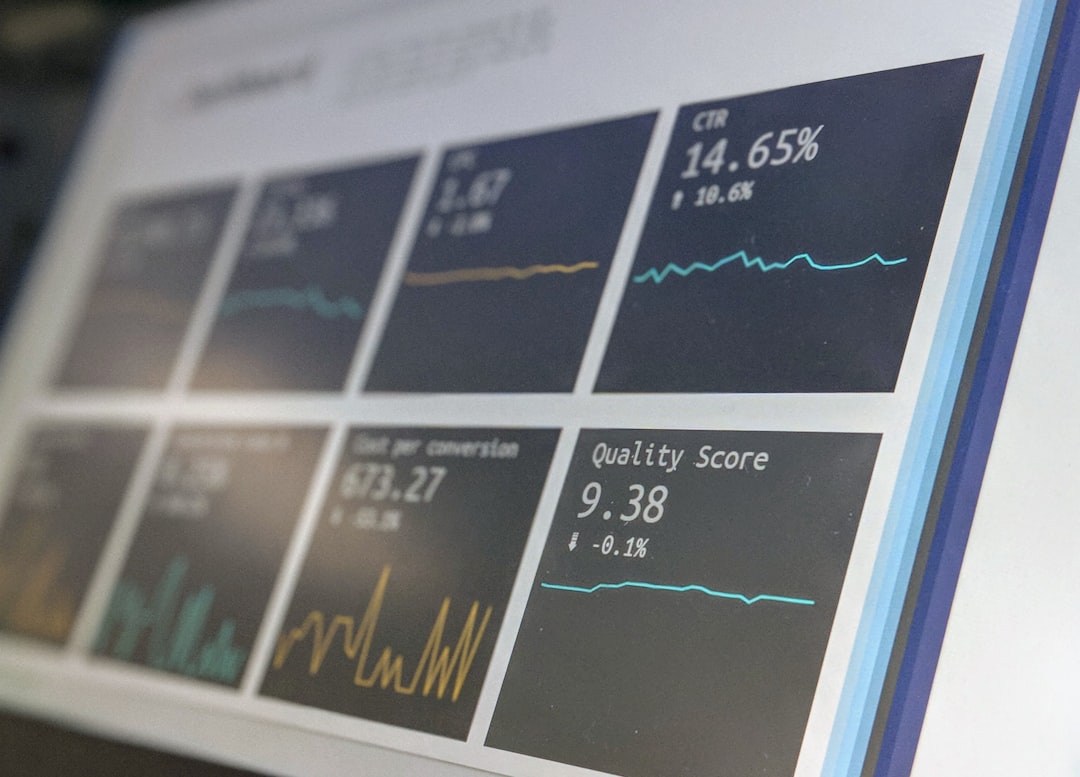The journey to becoming a competent and effective database analyst is both intellectually rewarding and professionally valuable. As organizations increasingly rely on data-driven decisions, the role of a database analyst becomes pivotal. Mastering this discipline requires a strategic learning path, beginning with foundational query language skills and progressing through data modeling, optimization through normalization, and finally, business intelligence (BI) techniques. This article outlines a trustworthy and comprehensive roadmap: SQL → Entity Relationship Diagrams (ERD) → Normalization → Business Intelligence.
1. SQL (Structured Query Language): The Foundation
No database analyst can succeed without a firm grasp of SQL. As the standard language for relational database management systems, SQL enables professionals to interact with databases effectively. It involves writing queries to insert, update, delete, and retrieve data—operations that form the backbone of data management and analysis.
Key competencies in SQL include:
- Data Retrieval: Using SELECT queries to fetch data from one or more tables.
- Joins and Subqueries: Combining data from multiple tables to extract meaningful insights.
- Data Definition: Creating and modifying database objects such as tables and indexes with CREATE and ALTER commands.
- Data Manipulation: Employing INSERT, UPDATE, and DELETE operations to maintain accurate records.
- Aggregations and Grouping: Using GROUP BY, SUM, COUNT for summarizing data trends.
Learning SQL is not merely about syntax. It’s about thinking logically and understanding relational data principles. This stage typically involves working with platforms like MySQL, PostgreSQL, SQL Server, or Oracle Database.
Before moving on, analysts should be comfortable constructing complex queries, performing performance tuning, and understanding transaction management and indexes.

2. Entity Relationship Diagrams (ERDs): Visualizing Data Structure
Once SQL proficiency is developed, the next logical step is mastering data modeling, beginning with Entity Relationship Diagrams. ERDs are essential in visualizing how data relates within a system. They serve as blueprints in the development and understanding of database systems.
In ERDs, analysts learn to represent:
- Entities: Primary objects or concepts (like Customers, Orders, Products).
- Attributes: Fields of information associated with an entity (such as name, price, quantity).
- Relationships: Associations between entities (such as a customer placing an order).
Creating accurate ERDs ensures the database is logically organized and conducive to scalability. Analysts often use tools like Lucidchart, dbdiagram.io, or Microsoft Visio to design these diagrams. ERDs support communication between stakeholders, including developers, analysts, and business decision-makers, by providing clear and standardized representations.
Best practices to consider:
- Use consistent naming conventions.
- Identify primary and foreign keys early.
- Avoid unnecessary entities or relationships.
- Adapt notation style (IE, UML, or Crow’s Foot) depending on your team’s standards.

3. Normalization: Optimizing Data Storage
With a strong foundation in SQL and ERD creation, the next step is understanding normalization—a process of structuring a relational database to minimize redundancy and improve data integrity. Normalization is crucial in ensuring long-term database performance and consistency.
It involves decomposing data structures into simpler, interrelated tables while preserving relationships. The goal is to prevent update anomalies, duplication, and inefficient storage.
The main normal forms include:
- 1NF (First Normal Form): Ensures atomicity by eliminating repeating groups and ensuring that each field contains only one value.
- 2NF (Second Normal Form): Builds on 1NF by eliminating partial dependencies; applicable to tables with composite primary keys.
- 3NF (Third Normal Form): Removes transitive dependencies to make sure that non-key attributes are only dependent on primary keys.
Advanced normal forms like BCNF, 4NF, and 5NF are also relevant in complex or specialized systems but are not typically required in most data analysis contexts.
Why normalization matters:
- Reduces data duplication and storage costs.
- Increases accuracy by enforcing data integrity rules.
- Makes maintenance simpler and more scalable.
However, it’s essential to understand that in certain BI or analytical contexts, a fully normalized database may not perform optimally. In such situations, denormalization (the reverse process) is used for faster read-heavy operations.
4. Business Intelligence (BI): The Final Destination
After developing technical mastery, the database analyst is now equipped to apply their skills to real-world business questions using Business Intelligence tools and concepts. BI represents the applied analytics side of the learning path, helping organizations make actionable decisions based on data.
Key BI skills and concepts include:
- Data Warehousing: Knowledge of building star and snowflake schemas optimized for analytical queries.
- ETL Processes: Extract, Transform, Load operations for gathering data from heterogeneous sources.
- Visualization Tools: Proficiency in using BI platforms like Tableau, Power BI, Looker, or Qlik.
- Dashboards and Reporting: Designing user-friendly dashboards that tell a story and answer business questions.
- KPI Development: Determining key metrics that align with organizational goals.
At this stage, the database analyst transforms from a technical operative maintaining databases to a strategic partner delivering insights that shape future directions. BI tools abstract some of the complexity but rely heavily on the groundwork laid by SQL, ERDs, and normalization.
Advanced BI work might also involve predictive analytics, machine learning integration, or real-time streaming data pipelines—often extending the role into the realm of data engineering or data science.
Best practices in BI analytics:
- Ensure data accuracy and consistency to build trust in reports.
- Collaborate with stakeholders to tailor outputs to business needs.
- Regularly update dashboards and reports in response to changing goals.
- Always provide context and interpretation—not just numbers.

Conclusion: From Querying to Strategy
The path from SQL to BI reflects a shift from technical execution to strategic impact. Each stage builds on the previous, creating a robust framework of skills:
- SQL gives you the tools to manipulate and retrieve data.
- ERDs allow you to structure data relationships.
- Normalization fine-tunes the storage and integrity of that data.
- BI leverages all of the above to deliver insights and drive decisions.
For aspiring database analysts, committing to this structured path ensures not just technical competence, but the ability to contribute meaningfully to data-led organizations. Proficiency in each layer of this pathway unlocks new opportunities—from optimizing databases to forecasting business trends. Embrace the path, invest the time, and you will find yourself at the core of data strategy in any modern enterprise.


































